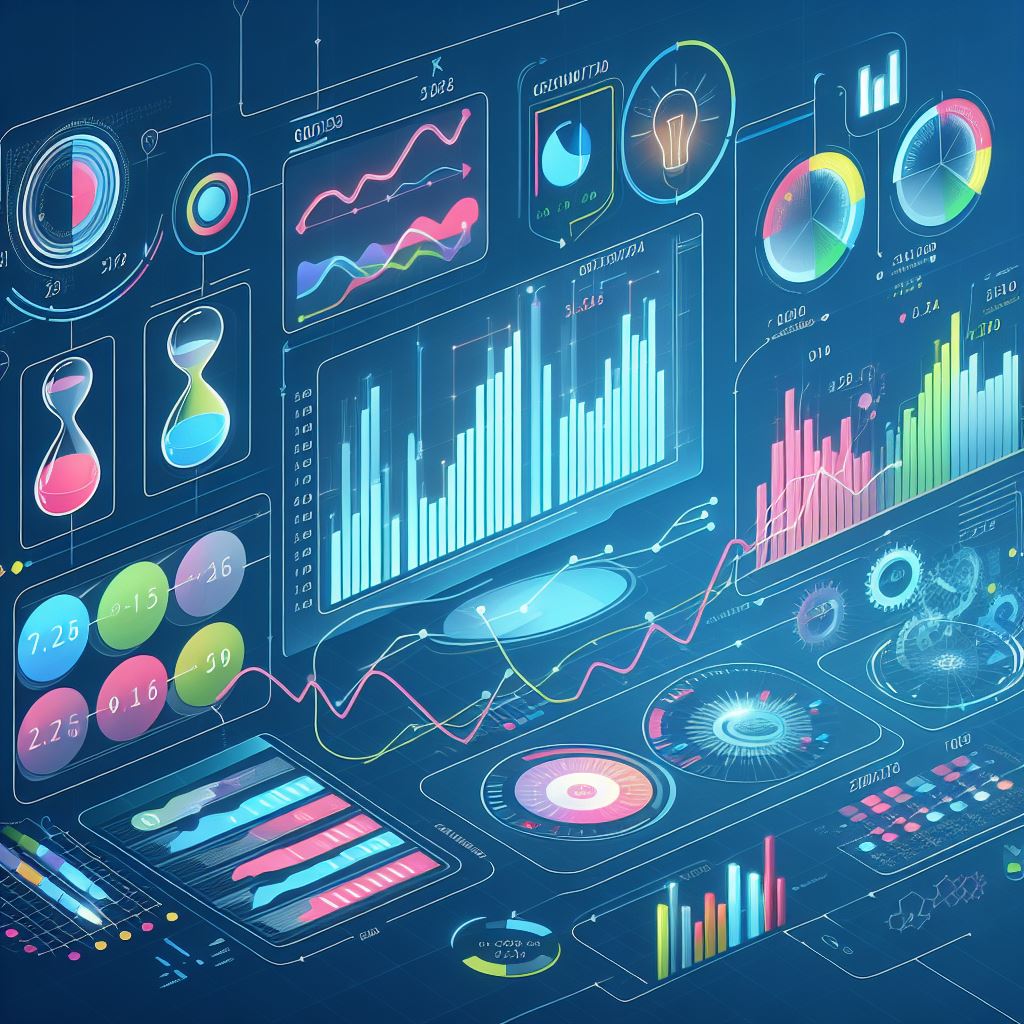Fueling Innovation Through Data Reanalysis
In scientific research, a quiet but profound revolution is taking place. It’s an era where researchers are breathing new life into old data, unearthing gems of knowledge in places long deemed exhausted. This transformation stems from the resurgence of open science principles, a movement that champions accessibility, transparency, and cooperation within the global research community. Fundamentally, this resurgence is about more than merely revisiting the past; it’s about unlocking potential for future exploration and discovery.
Open science is reshaping how we approach scientific inquiry. Tradition often emphasized creating and examining novel datasets, leading many to perceive already-used datasets as less valuable. However, revisiting archived data is now viewed not as a mere recycling exercise but as a fertile ground for innovation. The ability to look at existing data through a new lens, apply novel analytical methods, or combine datasets across disciplines is resulting in unexpected breakthroughs and rich, multi-layered insights.
This enlivened approach is like an art restorer extracting hidden hues from a centuries-old painting, revealing details long invisible to the naked eye. Scientists are finding that old data can talk, and it has much more to say.
Embracing Transparency and Accessibility
At the heart of this renaissance is the philosophical shift toward openness. This means not only sharing data but also sharing the very process of research, including methodologies, software, and interim results. When barriers to accessing research are dismantled, a diverse range of minds—all equipped with varying perspectives and skills—can contribute to the process of discovery.
Transparency breeds trust, and with trust, collaboration flourishes. Researchers can build on each other’s work, forging new theories and questioning established ones. By reanalyzing datasets with openness as a guiding light, the scientific community can avoid redundant efforts, accelerate the pace of discovery, and democratize the research process. It’s a collaborative effort where credit is shared, processes are refined, and the end goal is collective advancement.
Thanks to this inclusive ethos, valuable datasets are increasingly made publicly available. Institutions and funders are recognizing the importance of archiving data with meticulous metadata to ease its reuse. As a result, platforms for data sharing and repositories specific to various disciplines are thriving. These repositories encourage researchers to revisit datasets with fresh questions and hypotheses, sometimes yielding surprising results.
Harnessing Advanced Analytical Tools
Advancements in data science, statistical methods, and computational power are driving forces behind the new life found in old data. Sophisticated algorithms and machine learning techniques enable patterns within large and complex datasets to be detected and interpreted. A dataset that might have been explored with limited computational tools a decade ago can be revisited with these state-of-the-art techniques, offering new and often unanticipated findings.
Combining datasets from disparate sources and different times also allows for the exploration of long-term trends and patterns not possible when considering a single dataset in isolation. For example, in the field of ecology, data documenting wildlife from the past mixed with current observations can lead to robust assessments of biodiversity changes over time, guiding conservation efforts.
By treating data as a reusable resource, we also maximize the investment made in collecting it. Some datasets are incredibly costly or timely to produce, such as those involving longitudinal studies, large-scale surveys, or satellite imagery. Repurposing these datasets maximizes returns on scientific investment and encourages judicious use of funding.
Cross-Disciplinary Synergies
Beyond the benefits of re-evaluating individual datasets, the open science movement is dismantling silos across scientific disciplines. Data reanalysis often requires interdisciplinary teams that bring together experts from seemingly unrelated fields. When a climatologist examines agricultural data, or a public health expert looks at urban development patterns, new questions emerge, and previously unconnected dots can be connected.
In such a context, it is not only about reusing data but also about reinterpreting it in a broader framework that incorporates multiple scientific lenses. These intersections can be where the most exciting and groundbreaking developments occur, as new methodologies and theories are combined in inventive ways.
In effect, the renaissance entails finding synergistic relationships between disciplines and unleashing the creative potential that arises from these marriages of knowledge and technique. Such cross-pollination can lead to significant advancements in understanding complex phenomena that no single discipline could have unraveled on its own.
Engaging the Global Scientific Community
Open science practices dig deeper than technological innovation; they also have a profound social dimension. By leveling the playing field, researchers from less-resourced institutions or developing countries gain access to rich databases previously beyond reach. This inclusivity not only broadens participation in the research process but also enriches it by incorporating diverse perspectives into the scientific dialogue.
Moreover, engaging citizen scientists and non-experts is an area burgeoning with potential. When access to data is unrestricted, anyone with the skill and motivation can partake in its analysis. This potential is enhanced by open educational resources and open-source software that equip a wider audience with the tools required to interpret and investigate data.
Finally, by having a multitude of eyes scrutinizing the same datasets, data quality is reinforced. Errors can be more readily identified and corrected, methods can be optimized, and the robustness of scientific conclusions is strengthened. This is in line with the true spirit of science: a self-correcting journey where hypotheses are continuously tested, revised, and, above all, shared.
The open science renaissance is not about discarding the old in favor of the new but acknowledging the sustained worth of what we already have. By re-evaluating what was once considered complete, researchers are uncovering new veins of knowledge, sparking innovative research directions, and inviting a global community to contribute to humanity’s collective understanding. This is a world where old data opens new frontiers, and science is a richer tapestry for it.
